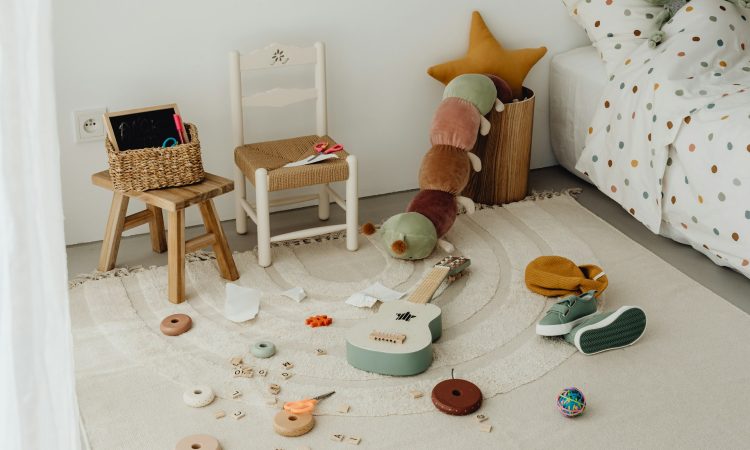
Kids’ rooms can easily become a breeding ground for clutter. From toys strewn across the floor to clothes piled up in the corner, it can be a constant battle to keep their space organized. However, with the right strategies in place, managing clutter in kids’ rooms can become a much more manageable task. By implementing practical solutions and fostering good habits, parents can help their children maintain a tidy and functional living space.
**Create Storage Solutions That Work**
One of the key strategies for dealing with clutter in kids’ rooms is to create effective storage solutions. Investing in furniture pieces that offer ample storage space, such as beds with built-in drawers or bookshelves with bins, can help keep toys, books, and other items organized and out of sight. Utilizing clear containers or labeled bins can also make it easier for kids to find what they need and encourage them to put things back where they belong.
**Involve Your Kids in the Process**
Getting your kids involved in the decluttering and organizing process can make a significant difference in how well they maintain their space. Encourage them to help sort through their belongings and decide what to keep, donate, or toss. By involving them in decision-making, they will feel a sense of ownership over their space and be more inclined to keep it tidy.
**Establish Daily Clean-Up Routines**
Consistency is key when it comes to managing clutter in kids’ rooms. Establishing daily clean-up routines, such as tidying up before bedtime or dedicating a few minutes each day to putting things away, can prevent clutter from piling up. Make it a fun and engaging activity by turning on some music or setting a timer to see how quickly they can clean up their space.
**Rotate Toys and Items**
Kids can quickly become overwhelmed by the sheer volume of toys and belongings in their room. To prevent clutter and keep things fresh, consider implementing a toy rotation system. Store some toys away and rotate them every few weeks to keep things exciting and prevent the room from becoming overcrowded. This not only reduces clutter but also encourages kids to appreciate and play with the toys they have.
**Encourage Donations and Decluttering**
Teaching kids the value of decluttering and donating items they no longer use can instill in them a sense of responsibility and empathy. Encourage them to part with toys and clothes they have outgrown or no longer play with by donating them to those in need. Not only does this help reduce clutter in their room, but it also teaches kids the importance of giving back to others.
**Embrace Minimalism**
In a world filled with consumerism and excess, embracing minimalism in kids’ rooms can be a refreshing change. Encourage your children to focus on quality over quantity when it comes to toys and belongings. By prioritizing items that hold sentimental value or serve a specific purpose, you can help reduce clutter and create a more intentional living space for your kids.
**Conclusion: Foster an Organized and Tidy Environment**
By implementing these strategies and fostering good organizational habits, parents can help their kids maintain a clutter-free and functional living space. From creating effective storage solutions to involving kids in the decluttering process, there are many ways to tackle clutter in kids’ rooms. By establishing daily clean-up routines, rotating toys, and embracing minimalism, you can create an environment that promotes organization and creativity in equal measure. With a little effort and consistency, managing clutter in kids’ rooms can become a manageable task that benefits the entire family.





